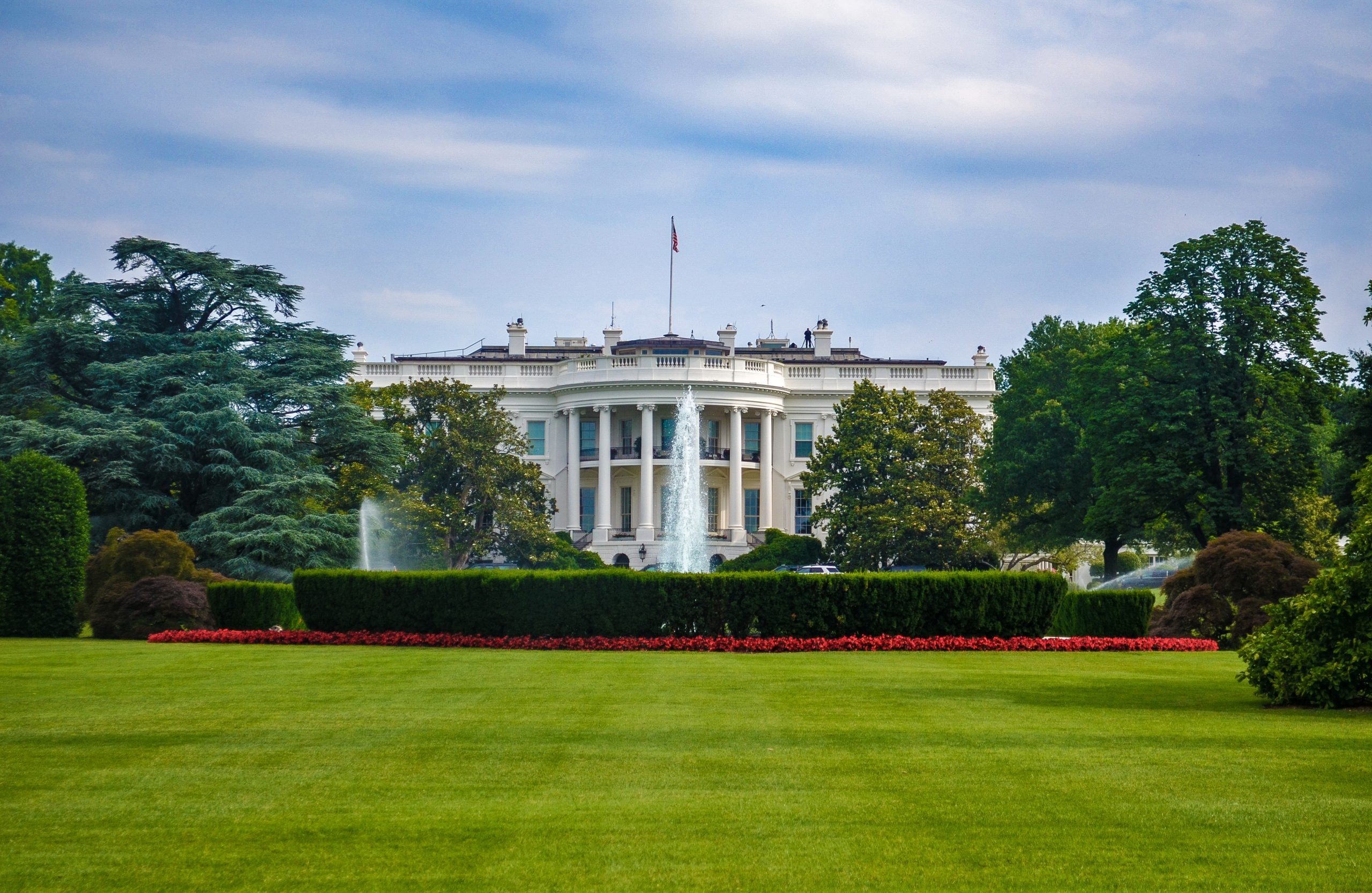The White House Announces $7bn for Hydrogen Hubs

The Biden Administration has chosen seven proposals to split $7 billion in federal funding which will accelerate the development of a national network of hydrogen hubs.
Funded by the Department of Energy (DOE), the hubs include both producers and customers and are working to help to amplify hydrogen adoption by building up storage tanks, pipelines, and other infrastructure.
Together, the hubs will catalyse more than $40 billion in private investment and create tens of thousands of jobs. This is bringing the total public and private investment in hydrogen hubs to nearly $50 billion.
These seven hydrogen hubs will be built across the nation and are aiming to decarbonise transport and industrial manufacturing, reducing 25 million metric tons of carbon emissions annually.
This amount equates to removing approximately 5.5 million gasoline-powered vehicles from the road, or just under 2 per cent of the estimated 286 million operational cars in the United States.
Boosting the USA’s hydrogen economy is key to strengthening energy security
It has been revealed that the hubs will expand across seven regions and 16 states, including Pennsylvania, Ohio, West Virginia, New Jersey, Delaware, California, Texas, Minnesota, North Dakota, Illinois, Indiana, Michigan, Washington, Oregon, and Montana.
The network of pipelines, refuelling stations, and storage facilities, will use natural gas to produce energy and capture the resulting carbon emissions underground, creating 3 million metric tons of hydrogen per year, or about 30 per cent of the federal government’s clean hydrogen goal for 2030.
Advancing clean hydrogen is essential to achieving the President’s vision of a strong clean energy economy that strengthens energy security, creates healthier communities, and delivers new jobs and economic opportunities.
One hub in the Pacific Northwest will be focusing on green hydrogen and will partner with one in California to develop a hydrogen fuelling network in the West of the USA.
The aim of this project is to support the clean-up of power at ports and to provide hydrogen to the heavy trucking industry.
Adopting hydrogen in the port and trucking industries will be key in tackling carbon emissions and air pollution and improving air quality, especially for communities living near trucking centres. Other hubs will focus on producing hydrogen from electrolysers or producing blue hydrogen.
Emre Gençer, an Energy Researcher at the Massachusetts Institute of Technology, explained that these hubs could be essential in boosting the demand for electrolysers: “Electrolyser manufacturers’ production capacity is low, and buyers often have to wait 2 to 3 years to get one delivered.”
Ideally the hydrogen hubs will create more demand.
One project will create more than 21,000 new jobs
Another one of the projects is the Appalachian Hydrogen Hub (West Virginia, Ohio, Pennsylvania), which will leverage the region’s access to low-cost natural gas to produce low-cost clean hydrogen and safely store the associated carbon emissions.
The strategic location of this hydrogen hub and the development of hydrogen pipelines, multiple hydrogen refuelling stations, and permanent carbon storage also could have the potential to drive down the cost of hydrogen distribution and storage.
The White House anticipate that, through this hydrogen hub, job opportunities will be brought to workers in the coal communities, creating more than 21,000 direct jobs.
This will include more than 18,000 in construction and more than 3,000 permanent jobs, helping to ensure the Appalachian community benefits from the development and operation of the hub.
The White House is ensuring safe hydrogen deployment and mitigating risks
To mitigate any risks, the hubs will be covered under the Justice40 Initiative, which aims to ensure that 40 per cent of the overall benefits of certain federal investments flow to disadvantaged communities that are marginalised by underinvestment and overburdened by pollution.
Hubs have also submitted detailed Community Benefits Plans, including how the project performers will transparently communicate, eliminate, mitigate, and minimise the risks.

